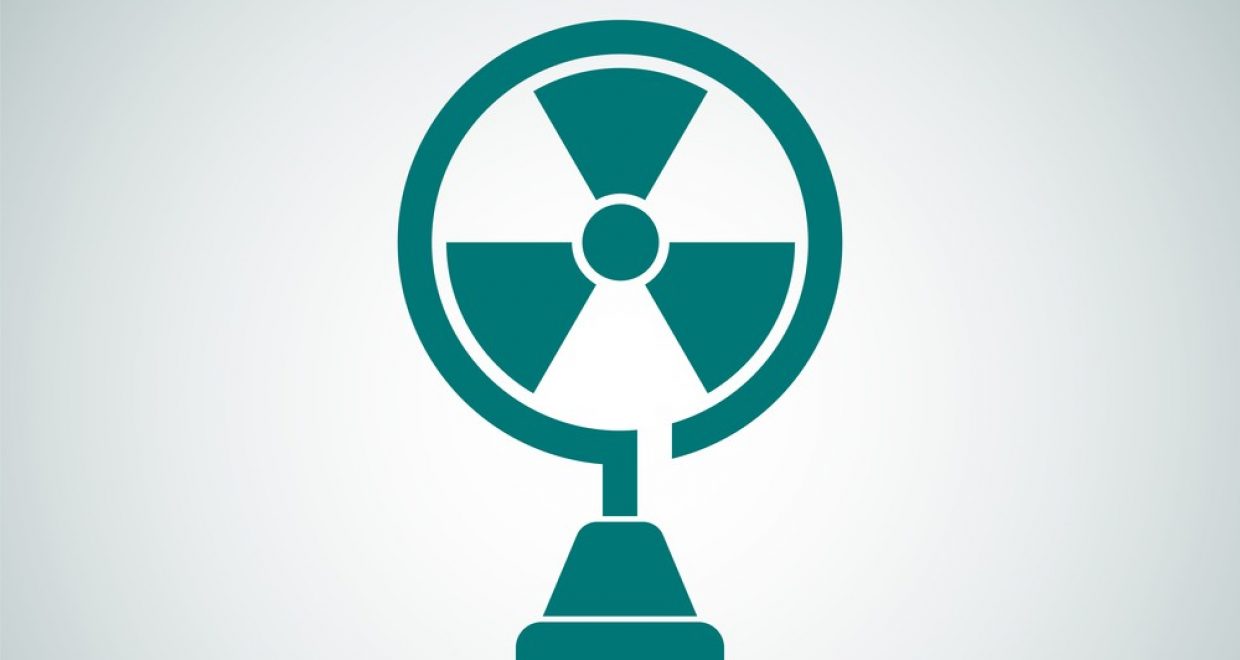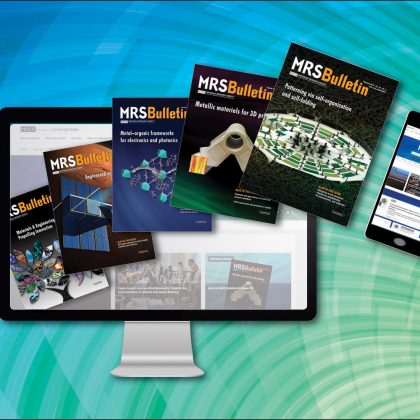Introducing a New Generation of Nuclear Reactors
The July issue of Energy Quarterly in MRS Bulletin features an analysis on nuclear reactors, from Arthur L. Robinson and Feature Editor Gary S. Was, entitled ‘Materials hurdles for advanced nuclear reactors’. The following post is a summary of their analysis.
The International Atomic Energy Agency (IAEA) lists 440 operating nuclear plants in 31 countries providing 11% of the world’s electricity.
These will eventually have to be replaced and expanded, and Generation IV (GEN-IV) nuclear reactors are anticipated to come into service by 2030 bringing with them improved efficiency, safety, and proliferation resistance, along with longer lifetimes and less radioactive waste.
As Steven Zinkle of the University of Tennessee, Knoxville states: “To continue to be viable, nuclear technology must continuously improve, it’s just like the auto industry’s progression toward better manufacturing efficiency, fuel economy, and safety.”
Along this path, there are several hurdles that need to be addressed, the biggest one being the selection of materials used in building the GEN–IV reactors. Materials in these new reactors are anticipated to face unprecedented combinations of higher radiation levels, higher temperatures, and new corrosion avenues associated with various coolants. Reactor fuels are at risk as well as structural materials.
“GEN-IV fuels are operated to high burn-up and at high power, and under these extreme conditions, substantial amounts of fission products aggregate in fuel pellets, causing swelling and possibly leading to breach of the protective cladding,” says Rudy Konings of the Institute for Transuranium Elements at the European Union’s Joint Research Centre in Karlsruhe.
Added to this, before a regulatory agency will issue an operating license for a reactor, the materials must meet standards established by an organization such as the American Society of Mechanical Engineers. “Meeting these standards requires a comprehensive database of test results demonstrating the material can maintain its integrity under the operating conditions it must endure for as long as it must endure them,” said Robin Grimes of Imperial College London. The problem with this is that test facilities are a limiting factor for materials qualification because they are in short supply when it comes to providing realistic environments.
While the GEN-IV materials challenges are vast, Grimes summed up, “it is important to remember that the first light water (pressurized and boiling) reactors (LWRs) materials were not perfect, but they improved over time. The first GEN-IV reactor materials will not be exposed to the most extreme conditions, and we won’t be building hundreds of reactors at the start. It will be a more gradual process.”
Energy Quarterly (EQ) is published four times a year and is bound in the MRS Bulletin, published by the Material Research Society. EQ offers interviews and analysis of materials solutions to the world’s accelerating need for secure, affordable and environmentally sustainable energy.






